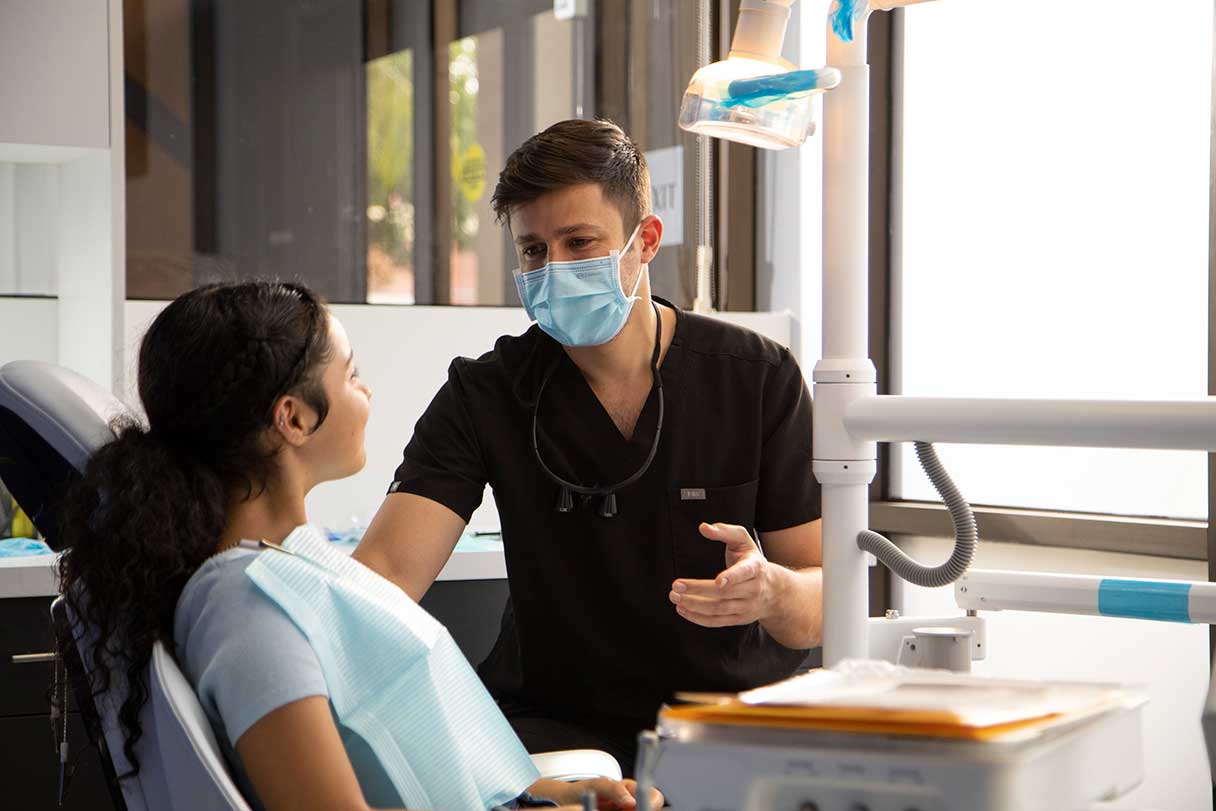
Advancements in dental technology have transformed the way oral health is approached and treated. From digital imaging to 3D printing, these innovations have improved patient care, making dental procedures more accurate, efficient, and comfortable.
Digital imaging and diagnostics
One of the biggest breakthroughs in dental technology is the transition from traditional X-rays to digital imaging. Digital X-rays reduce radiation exposure, provide instant results, and allow for easier storage and access to patient records. Furthermore, the ability to zoom in and enhance images enables dentists to make more accurate diagnoses and treatment plans.
Another significant innovation is the intraoral camera, a small handheld device that can capture high-quality images of a patient's mouth. These images can be instantly viewed on a computer screen, allowing dentists to show patients their oral health issues and explain the necessary treatments in a more visual and understandable way.
CAD/CAM technology
CAD/CAM (Computer-Aided Design/Computer-Aided Manufacturing) technology has revolutionized restorative dentistry. It allows for the creation of highly accurate and aesthetically pleasing dental restorations, such as crowns, bridges, and veneers.
With CAD/CAM systems, dentists can take 3D digital impressions of a patient's teeth, eliminating the need for uncomfortable traditional impressions. These digital impressions are then used to design custom-made restorations using specialized software. The data is sent to a milling machine, which fabricates the restoration from a block of ceramic material in a matter of minutes.
Not only does CAD/CAM technology improve the accuracy and fit of dental restorations, but it also speeds up the process, allowing patients to receive their permanent restorations in a single visit instead of multiple appointments.
3D printing in dentistry
3D printing technology is making its mark in dentistry. It allows for the production of custom-made dental implants, orthodontic aligners, and even dentures. 3D printing enables faster production times and reduces the need for manual labor, making it a cost-effective solution that could potentially lower the cost of dental treatments.
Furthermore, 3D printing enables dentists to create highly accurate surgical guides, which improve the precision and success rates of implant placement procedures. These guides are created based on the patient's digital scans and are used to navigate the placement of dental implants, resulting in reduced surgery time and enhanced overall patient experience.
Teledentistry and remote care
Teledentistry is an emerging field that utilizes technology to remotely deliver dental care and consultation. With the help of video conferencing, digital photographs, and other telecommunication tools, dentists can provide advice, diagnose oral health issues, and even prescribe medications to patients from a distance.
This technology is particularly beneficial for patients in rural or underserved areas who may have limited access to dental care. Teledentistry allows these individuals to receive timely, expert advice without the need for extensive travel or wait times.
Artificial intelligence in oral health
Artificial intelligence (AI) has the potential to revolutionize oral health by assisting dentists in diagnosing and predicting oral diseases. AI algorithms can analyze medical history, digital scans, and other patient data to identify patterns and make accurate predictions about a patient's oral health.
This technology can help dentists detect early signs of tooth decay, gum disease, and oral cancer, leading to early interventions and improved outcomes. AI can also analyze large amounts of data to identify trends and patterns in oral health, contributing to the development of new preventive measures and treatment options.
Conclusion
The future of oral health looks promising, thanks to the continuous advancements in dental technology. From digital imaging to 3D printing and teledentistry, these innovations are transforming patient care, making dental procedures safer, more efficient, and more comfortable. As technology continues to evolve, we can expect even more groundbreaking developments that will further improve oral health and the overall patient experience in the dental chair.